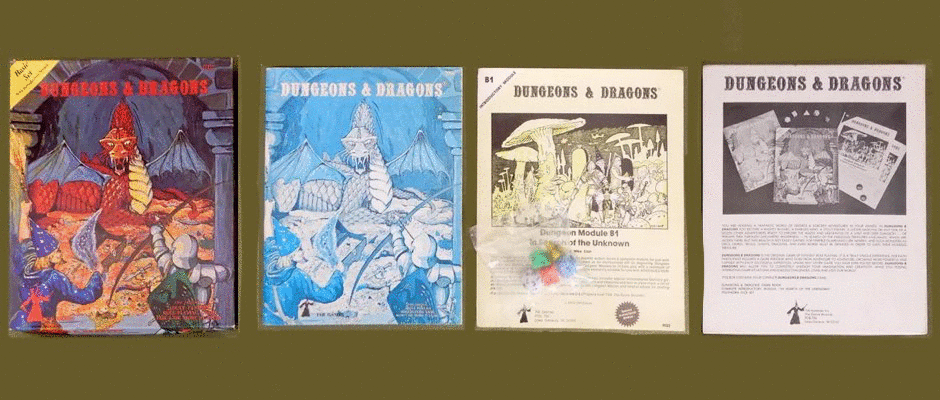Joe’s name may sound familiar to anyone over 35 because he was half of the prolific cartoon empire Hanna-Barbera. For about thirty years, these two dominated Saturday mornings with their animated shows. I readily admit many were formulaic and just killed time but it wasn’t always this way.
His career began in the Thirties with Terrytoons of NYC. (Terrytoons is known for Mighty Mouse and Heckle & Jeckle.) A year or so later he joined MGM in California where he met William Hanna. The two would go on to have a partnership that lasted for 60 years.
Their most famous creation was Tom & Jerry which debuted in an early incarnation around 1939 called “Puss Gets the Boot.” They even received an Oscar® nomination for this. Further cartoons starring the infamous cat and mouse were almost squashed by their supervisor Fred Quimby since he felt there were too many cat-versus-mouse cartoons already. Hanna and Barbera successfully changed Quimby’s mind though and their creation went on to appear in 114 cartoons over 17 years and snagged seven Oscars.
Then came the rise of television.
MGM laid everybody off in the animation department around 1957 due to TV eating into their overall revenue but the duo weren’t through.
Hanna and Barbera formed a new TV production company based upon their surnames. Hanna came first because he won the coin toss. As the Fifties closed and the Sixties began, they had success with two new creations: Huckleberry Hound and Yogi Bear. Surveys showed that half of Huckleberry’s audience were adults, so they developed a prime-time show for all ages called The Flintstones.
Numerous other legendary creations followed. Scooby Doo, The Jetsons, Space Ghost, Jonny Quest and Wait Until Your Father Gets Home to name a few.
Many artists criticized their cartoons as cheap, low-quality drivel. H-B just adapted to the reality of lower budgeted TV productions by emphasizing more humor through the character dialog, rapid background changes and utilizing what they developed as “limited animation.” An example of the latter is Yogi wearing a collar and tie. They could save money by keeping the same torso in more scenes while just animating his mouth from the head up. It’s why Fred, Daphne and Velma have scarves/turtlenecks in Scooby Doo despite these items not being worn by teenagers in the Sixties. Plus CRT-based TVs from the Fifties until they were replaced by contemporary flat screens couldn’t show much detail anyway. What they were accustomed to doing for film was a waste of money and effort if it went directly to TV. Besides, their pioneering techniques of reducing a seven-minute short from the traditional 14,000 drawings to 2000 paved the way for the resurgence of new shows in the Nineties on like The Simspsons, Ren & Stimpy, Dexter’s Laboratory, The Powerpuff Girls, Batman the Animated Series, South Park, Beavis and Butt-Head, Archer, etc.
Hanna and Barbera sold their company in 1966 to Taft Broadcasting but remained in supervisory roles. Then Ted Turner acquired them in 1991 to launch the Cartoon Network in 1992. Turner also revitalized the studio create by having them oversee new, original shows. Time Warner bought out Turner in 1996 and all of H-B’s creations joined the Warner Brothers catalog, aka Scooby can team up with Bugs Bunny sans legal arrangements like how Who Framed Roger Rabbit had to be worked out between all the copyright owners.
Barbera’s contribution to their cartoons was mainly in sketching the character ideas and his skills with visual gags. Hanna took care of story construction and getting talented artists. They were an incredible, complementary team who dominated TV animation for a few decades yet laid down the foundations of what we have today via [adult swim], Boomerang/CN, NickToons, Fox’s animation block, Warner Animation Group, Pixar and numerous direct-to-video productions.
